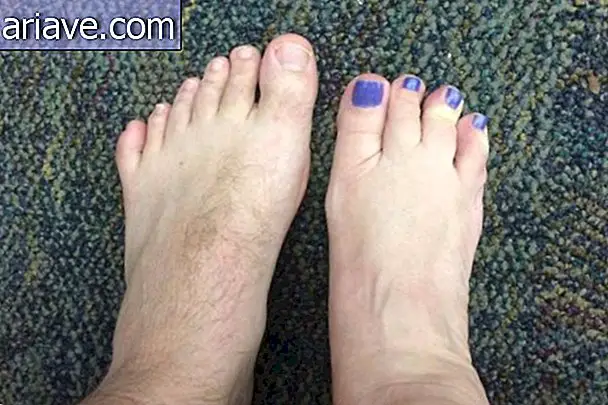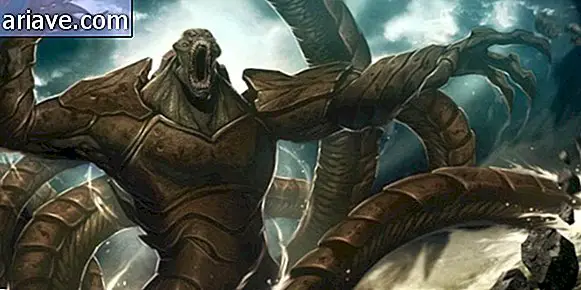Corpses move even months after death
The decomposition of the body causes the corpse to move even months after death. Who noted this was Australian researcher Alyson Wilson and her colleagues during the development of a research. And the movements are significant! An arm close to the body, for example, can be considerably away from it.
At first, a few hours after a person dies, his body goes into rigor mortis (or cadaveric stiffness), which is a hardening of the muscles caused by a biochemical change. However, after a while, the body relaxes and begins to move.
For a period of 17 months, Alyson watched and filmed a decaying corpse. She made timelapse videos at 30-minute intervals throughout the observation period. This type of study, according to the author, can help police have a better estimate of time of death and also raise the quality of autopsies.
But what makes the dead person move?
She says movement can occur as ligaments contract in the body's decomposition. In fact, it was previously discovered that worms are creatures that contribute to these movements.
To make the observation, Wilson traveled for three hours each month from Cairns to Sydney to the only "body farm" in the southern hemisphere. The location, which is secretly located, is officially recognized as the Australian Facility for Taphonomic Experimental Research (AFTER).
The findings by Wilson and his colleagues were published in Forensic Science International: Synergy .











